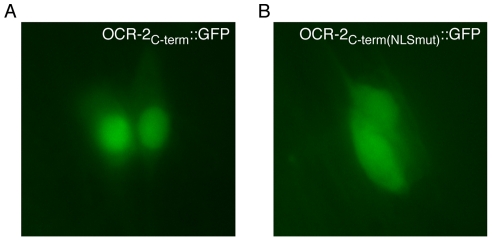Figure 3. The cytoplasmic carboxy-terminal fragment of OCR-2 can utilize the NLS to localize to the nucleus.
The entire carboxy-terminus (amino acids 765–900, “OCR-2C-term”) was fused upstream of and in frame with GFP and expressed under the control of the ocr-2 promoter (ocr-2p::ocr-2C-term::gfp). (A) The OCR-2C-term::GFP fusion was detected in the nucleus of ocr-2 expressing head and tail neurons in 91/91 transgenic animals examined. The PHA/PHB tail neurons are shown here. Furthermore, the basic residues of the NLS are required for the nuclear accumulation observed. (B) A GFP fusion to the carboxy-terminal tail in which the 6 previously identified essential lysine/arginine residues had been mutated to alanine (Figure 2C) (ocr-2p::ocr-2C-term(NLSmut)::gfp) resulted in a much less pronounced signal in the nucleus. The OCR-2C-term(NLSmut)::GFP signal was observed evenly distributed in the cytoplasm and nucleus of ocr-2 expressing neurons in 94/94 transgenic animals examined. The PHA/PHB tail neurons are shown here. Numbers represent the combined data of ≥3 independent transgenic lines for each construct.

